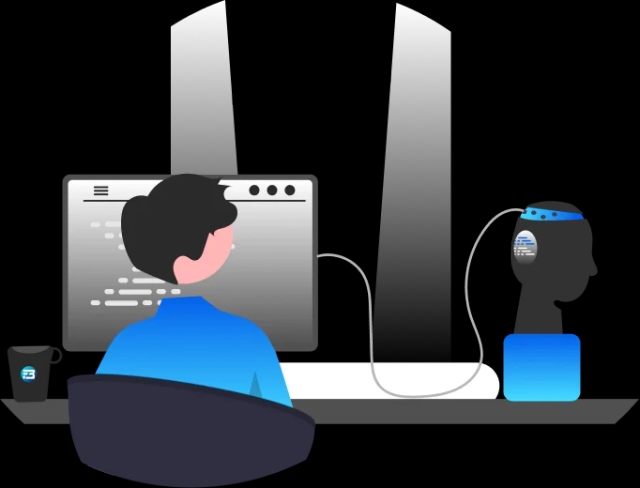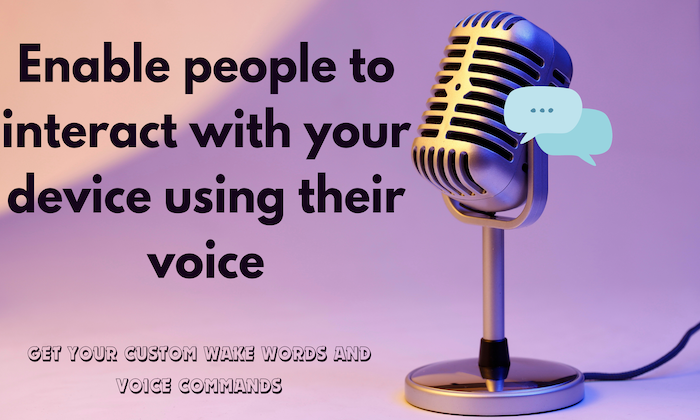How long does it take to collect and annotate a custom doctor-patient dataset?
Data Annotation
Healthcare
AI Models
Collecting and annotating a custom doctor-patient dataset typically takes between 8 to 20 weeks, depending on various influencing factors. Understanding these factors can help AI engineers, product managers, and researchers effectively plan their data projects.
Key Factors Affecting Dataset Collection Time
- Dataset Design and Scope: Designing the dataset involves outlining its structure, including the number of conversations, languages, and medical specialties. This phase can take 2–4 weeks, especially if the dataset covers a broad range of specialties and languages.
- Recruitment of Participants: Recruiting qualified medical professionals and patient contributors is critical and time-consuming. Balancing genders, ages, and accents to ensure diversity typically requires 3–6 weeks.
- Recording Methodology: Recording sessions must replicate real clinical environments and adhere to ethical standards. This can take 1–2 weeks for setup and execution, depending on the number of recordings required.
- Transcription and Annotation Processes: Accurate transcription and annotation are vital. This phase, including QA, can take 4–8 weeks. Annotations must be reviewed by language and medical experts to ensure clinical accuracy. For more information on these processes, see our speech annotation services.
Importance of Quality Assurance in Dataset Creation
Quality assurance is crucial in both data collection and annotation phases. Each recording undergoes a two-layer QA process, involving acoustic quality checks and medical professional reviews for accuracy. This process ensures the integrity and usability of the dataset, albeit adding to the overall timeline.
Balancing Speed and Quality in Dataset Projects
Teams often face trade-offs between speed and quality. Rushing may lead to errors, while prolonged timelines can increase costs. Striking the right balance is essential for high-quality, usable datasets that meet AI model training needs.
Common Pitfalls
- Inadequate planning for participant recruitment can lead to delays.
- Underestimating the time needed for QA can compromise data quality.
A clear project timeline that accounts for each phase can help mitigate these risks.
Real-World Applications of Doctor-Patient Datasets
These datasets are crucial for training AI systems in healthcare speech recognition, conversational AI, and medical NLP applications. They simulate clinical discussions without real patient data, ensuring ethical data collection. For more on AI in the healthcare industry, visit our healthcare industry page.
Strategic Next Steps with FutureBeeAI
For AI projects requiring domain-specific doctor-patient conversation datasets, partnering with FutureBeeAI can streamline the process. Our expertise in ethical data collection and annotation ensures you receive high-quality datasets within 8–20 weeks, tailored to your needs. Contact us to explore how we can support your AI model training objectives.
Smart FAQs
Q. What are the key benefits of using simulated doctor-patient conversations?
A. Simulated conversations maintain clinical authenticity necessary for effective training while ensuring participant privacy and avoiding compliance risks associated with genuine patient data.
Q. How can teams ensure diversity in their doctor-patient datasets?
A. Recruit participants from various demographics and geographic regions, balancing genders, age groups, and dialects to enhance the dataset's applicability across different healthcare contexts.
What Else Do People Ask?
Related AI Articles
Browse Matching Datasets
Acquiring high-quality AI datasets has never been easier!!!
Get in touch with our AI data expert now!








